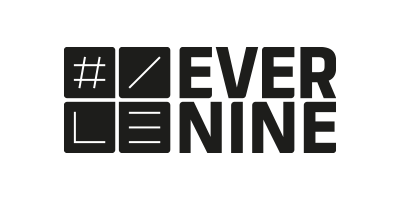
Geofencing as an ABM tool: How to address your desired target group
For targeted marketing, not only the campaign message and the correct channel selection are important. The “where” also plays a major role. In the following article, you will learn what lies behind the marketing trend “geofencing” and how you can optimize your account-based marketing strategy (ABM for short) with this discipline.
If you stroll through current marketing trade fairs and events such as Online Marketing Rockstars or leaf through the relevant trade magazines, you definitely can’t avoid one marketing discipline in the B2B environment this year: account-based marketing. Here, campaigns are played out directly to previously narrowly defined target groups in order to address the desired customers individually and to significantly reduce wastage.
Ideally, marketing and sales work closely together and keep track of target companies in a list, for example. Account-based marketing offers numerous technical options for subsequently targeting potential leads with a campaign. One of the most important tools for targeting larger target companies is certainly geofencing or geotargeting. This means that advertisements can be restricted to clearly defined locations.
Access the current location
But how do advertisers obtain the location data of the desired target group? Surely you have already received the automatic request after downloading an app whether it may access your current location.
Once you have agreed, the app can access your GPS data – regardless of whether the app is currently open or not. With Google Maps, for example, you have to agree in order to use the app at all.
Marketing channels offer geofencing?
From Google Ads to social media to native advertising, almost every marketing channel offers some form of geofencing. Most of the time, however, the targeting settings are rather “rough” in nature. For example, a specific country or state can be set in almost every channel, which is practical if the campaign is limited to only one language or if the rolls of a regional baker are to be advertised.
Currently, Google Ads and Facebook probably have the most precise targeting options. On Google Ads as well as on Facebook and Instagram, not only cities but even streets with a radius of 1 km can be defined in the target group settings.
Possible uses of geofencing
In the B2C environment, geofencing is mostly used for local stores or specific locations. For example, push messages with special offers or discount codes can be sent to potential customers as soon as they enter the store.
In the same way, advertisements can also be displayed at marketing-relevant locations with a target group-specific appeal: For example, ads for soccer shoes for users who often spend time on a soccer field.
In the B2B environment, said targeting lists are the focus of geofencing. Such lists often include publicly accessible location addresses of the target companies. For example, if you want to address the employees of major car manufacturers with your advertising in the future, you can use the targeting functions of Goolge Ads and Facebook to directly target the exact location of the company. In combination with further target group settings, the ads can be tailored to specific groups of people in even greater detail.
Consulting for medium-sized companies
Would you like to find out whether geofencing and account-based marketing are generally interesting for your company and your industry? Feel free to contact the ABM experts at Evernine Group, who will provide you with professional advice in a no-obligation initial meeting.
You can also find more information on the topic here.
Source cover: Adobe Stock / deemka studio.



